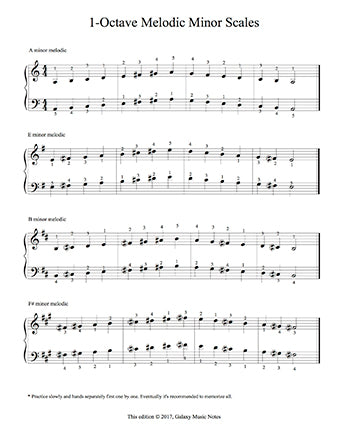

In jazz you frequently encounter the ii-V-I chord progression. Tritone substitution and melodic minor modes The lick also appears in “There’s A Boat That’s Leaving Soon For New York.” Really, the whole Porgy and Bess album is worth a spin. The track “Gone” is based around this same altered scale lick, but with an uptempo feel and awesome drumming by Philly Joe Jones. Gil Evans makes heavy use of altered scale in the arrangement of Porgy And Bess he did with Miles Davis. You can substitute B altered for either one, it’ll sound amazing: B C D Eb F G A The conventional scale for B7 in E minor is the Phrygian dominant scale, the fifth mode of the E harmonic minor scale: B C D# E F# G A The conventional scale to play on a B7 chord in E major is B Mixolydian mode, the fifth mode of the E major scale: B C# D# E F# G# A# Because the chord is B7 with all the possible alterations to its fifth and ninth, it’s easier to just write: B7altī7 alt is good for making the key of E major or E minor sound way more hip. That’s a godawful thing to encounter on a lead sheet.
#Melodic minor scales sheet full
The chord that you get from the B altered scale is B7 with a flat fifth (F), sharp fifth (G), flat ninth (C), and sharp ninth (D.) The full chord symbol is: B7(b5 #5 b9 #9) To get B altered, just take the B-flat major scale and raise the root to B natural. A good mnemonic is to take the major scale a half step below the root, and raise its root a half step. Here’s the B altered scale, the seventh mode of C melodic minor: B C D Eb F G AĪltered scale is a tough one to remember. (You also sometimes see it called the Super Locrian or diminished whole-tone scale.) Altered scale is a crucial part of the vocabulary of jazz from the fifties onwards, especially for the more intellectual players like John Coltrane and Herbie Hancock. The other crucial melodic minor mode is the seventh one, the altered scale. Björk memorably uses it on her terrifying song “Pluto.” Modern jazz and the artsier forms of rock and metal do too. Lydian dominant is sometimes called the acoustic scale because its constituent pitches are close to the ones arising from the natural overtone series.Įastern European folk music uses a lot of Lydian dominant. It also has a special relationship to fundamental physics. This scale sounds awesome on dominant seventh chords. Alternatively, you can think of it as being like F Mixolydian with a raised fourth. The fourth mode of C melodic minor is like F Lydian mode with a flat (dominant) seventh. Two of the melodic minor modes are worth the effort, because they produce amazing sounds that work great for jazz and other harmonically adventurous music. All of these scales are just as weird as their parent, with daunting technical names to match. Just like the major scale, melodic minor has modes, new scales you get by starting and ending on notes other than the root. On the bright side, grappling with them will really help you learn the fretboard. A quick Google search will reveal many fingerings. The only way to make it easier is to not use all six strings. All of the fingerings require pinkie stretches and/or position shifts. Unfortunately, melodic minor is extremely annoying to play on guitar. In C melodic minor, the tritones are between F and B, and between E-flat and A. Melodic minor has two tritones, between its fourth and seventh notes, and also between its third and sixth. Major scale contains one tritone, between its fourth and seventh notes. Melodic minor also has more internal dissonance than the major scale and its modes. C D Eb F G - sounds minor G A B C - sounds major There’s a constant conflict between the bottom half of the scale and the top.

The weirdness of melodic minor comes from the way it lives simultaneously in the minor and major key worlds. You can hear this chord in the first four bars of “Chelsea Bridge” by Billy Strayhorn: The tonic chord in C is Cm(maj7), sometimes called the major-minor chord: C Eb G B However, the chords and scales you get from it are exceptionally dark and peculiar. It’s just the major scale with a flat third. Melodic minor looks innocent enough on paper. The scale has the same symmetry if you write it on the circle of fifths too. Note that the scale is symmetrical along a line drawn through D-flat and G. It’s called the melodic minor scale, and if you want to push your playing or writing in a more adventurous, exotic and challenging direction, it’s a good one to have in your musical toolbox. For musical Jedi masters, there’s one more valuable minor scale. There’s also the blues scale, which sounds good in any key, major or minor. My last post on minor keys covered the three scales you need for most situations in rock, pop, and film scores: natural minor, harmonic minor, and Dorian mode.


 0 kommentar(er)
0 kommentar(er)
